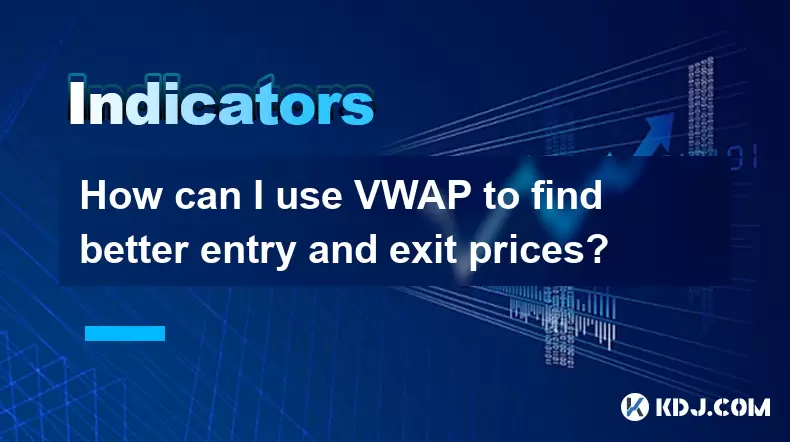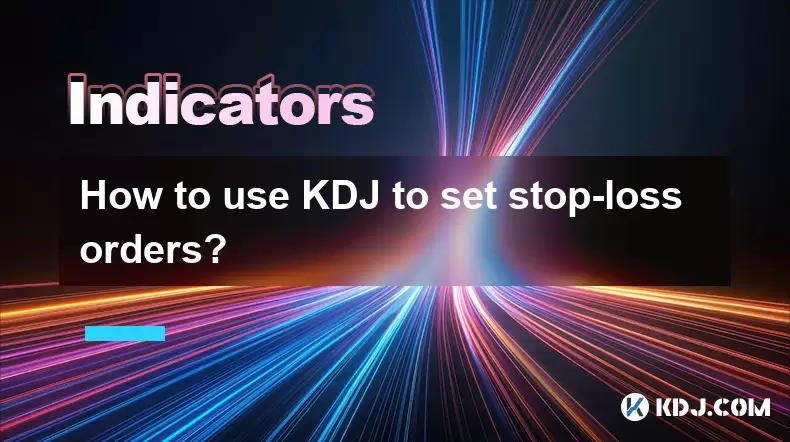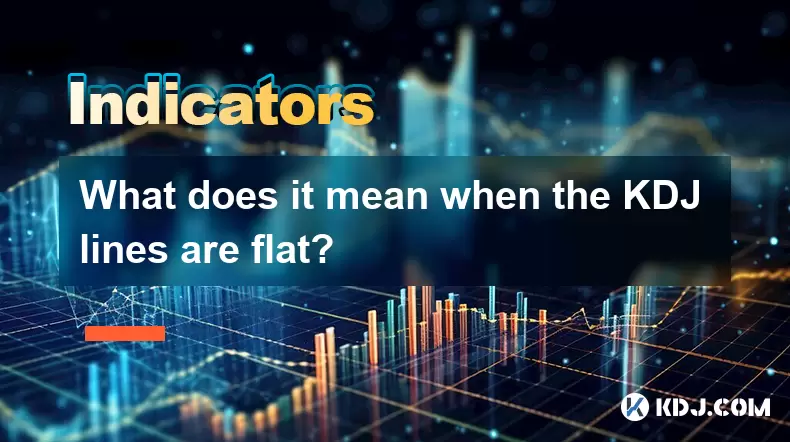-
 Bitcoin
Bitcoin $114700
-3.36% -
 Ethereum
Ethereum $3619
-6.51% -
 XRP
XRP $2.926
-7.66% -
 Tether USDt
Tether USDt $0.9998
-0.02% -
 BNB
BNB $768.6
-4.90% -
 Solana
Solana $168.2
-7.52% -
 USDC
USDC $0.9999
0.00% -
 Dogecoin
Dogecoin $0.2045
-9.02% -
 TRON
TRON $0.3243
-0.27% -
 Cardano
Cardano $0.7208
-8.45% -
 Hyperliquid
Hyperliquid $39.74
-9.17% -
 Stellar
Stellar $0.3882
-8.79% -
 Sui
Sui $3.481
-11.93% -
 Chainlink
Chainlink $16.52
-9.04% -
 Bitcoin Cash
Bitcoin Cash $556.7
-4.79% -
 Hedera
Hedera $0.2444
-11.40% -
 Avalanche
Avalanche $21.96
-8.51% -
 Ethena USDe
Ethena USDe $1.001
-0.02% -
 UNUS SED LEO
UNUS SED LEO $8.950
0.15% -
 Toncoin
Toncoin $3.425
-2.33% -
 Litecoin
Litecoin $104.4
-5.94% -
 Shiba Inu
Shiba Inu $0.00001212
-7.49% -
 Polkadot
Polkadot $3.630
-6.98% -
 Uniswap
Uniswap $9.165
-10.12% -
 Monero
Monero $306.8
-3.10% -
 Dai
Dai $0.9999
-0.01% -
 Bitget Token
Bitget Token $4.360
-3.43% -
 Pepe
Pepe $0.00001049
-9.59% -
 Cronos
Cronos $0.1352
-8.67% -
 Aave
Aave $256.5
-8.03%
How can I use VWAP to find better entry and exit prices?
VWAP helps traders identify fair market value by weighting price with volume, making it a key tool for timing entries and exits in crypto trading.
Jul 31, 2025 at 08:43 pm

Understanding VWAP and Its Role in Cryptocurrency Trading
The Volume Weighted Average Price (VWAP) is a powerful analytical tool widely used in cryptocurrency trading to determine the average price of an asset based on both volume and price over a specific time period. Unlike a simple moving average, VWAP accounts for trading volume, giving more weight to periods with higher activity. This makes it particularly effective in identifying fair market value throughout the trading session. Traders use VWAP to assess whether they are buying or selling at a favorable price relative to the average market sentiment. When the current price is above VWAP, it often signals bullish momentum, while a price below VWAP may indicate bearish pressure. This dynamic helps traders time their entries and exits more precisely.
Setting Up VWAP on Your Trading Platform
To use VWAP effectively, you must first set it up on your preferred cryptocurrency trading platform. Most professional charting tools, such as TradingView, Binance Futures, or Bybit, support VWAP as a built-in indicator. To activate it:
- Open your charting interface and locate the "Indicators" or "Studies" section.
- Search for "VWAP" in the indicator library.
- Click to apply it to the chart.
- Adjust the settings if needed, such as choosing between standard VWAP and anchored VWAP (which lets you set a custom starting point).
Once applied, the VWAP line will appear on your price chart, typically displayed as a single continuous line. You may also choose to add standard deviation bands around the VWAP to create a channel, which can help identify overbought or oversold conditions relative to volume-weighted pricing.
Using VWAP for Entry Signals in Uptrends
In a bullish market scenario, traders look for opportunities to enter long positions when the price pulls back to the VWAP with strong volume support. This strategy assumes that the VWAP acts as dynamic support during an uptrend. Key conditions to watch for include:
- The overall trend is upward, confirmed by higher highs and higher lows.
- The price approaches or briefly dips below the VWAP line.
- There is a noticeable spike in buying volume as the price nears VWAP.
- Candlestick patterns such as bullish engulfing or hammer formations appear near the VWAP.
When these conditions align, a long entry can be initiated just above the low of the confirmation candle. Placing a stop-loss slightly below the recent swing low or below the VWAP helps manage risk. The rationale is that high-volume areas near VWAP represent fair value, and rejections from this zone suggest renewed buying interest.
Identifying Exit Points in Overextended Moves
VWAP is equally useful for determining when to exit a position, especially when price moves too far from the average. In both long and short trades, extended deviations from VWAP can signal exhaustion. For example:
- If the price is significantly above VWAP and volume begins to decline, it may indicate weakening momentum.
- A rejection at the upper standard deviation band above VWAP can serve as an early exit signal.
- Bearish candlestick patterns, such as shooting stars or dark cloud cover, appearing near these upper zones strengthen the case for exiting.
Traders holding long positions might consider taking partial profits when the price reaches the +1 or +2 standard deviation band from VWAP. Similarly, those in short positions can exit when the price approaches the lower bands and shows signs of reversal. The key is to align exit decisions with volume behavior—low volume at extreme prices suggests a lack of conviction and a higher probability of reversal.
Combining VWAP with Other Technical Tools
While VWAP is effective on its own, combining it with other indicators enhances accuracy. For instance:
- Moving averages: Using a 20-period EMA alongside VWAP can confirm trend direction. When both are sloping upward and price holds above them, the bullish case strengthens.
- Relative Strength Index (RSI): An overbought RSI (above 70) combined with price far above VWAP may warn of an imminent pullback.
- Order flow analysis: Monitoring bid-ask imbalances near VWAP can reveal whether large market participants are accumulating or distributing.
Another powerful combination is anchored VWAP, where you set the VWAP calculation to begin at a significant market event, such as the start of a breakout or a major news announcement. This allows you to assess price relative to volume from a more relevant starting point, improving the precision of entry and exit signals.
Practical Example: Executing a VWAP-Based Trade
Imagine you're monitoring Bitcoin (BTC/USDT) on a 15-minute chart. The price has been in a steady uptrend, and the VWAP line is rising. You observe the following:
- Price pulls back to touch the VWAP with a surge in volume.
- A bullish engulfing candle forms right at the VWAP level.
- RSI is at 55, showing room for upward movement.
- The 20 EMA is also sloping upward and acting as support.
You decide to enter a long position at the close of the engulfing candle. Your stop-loss is placed just below the low of the pullback candle, and your take-profit is set near the upper standard deviation band of the VWAP channel. As price approaches the target, volume starts to dry up, and a doji candle appears. You exit the trade before a reversal occurs, locking in gains based on VWAP-based resistance and weakening momentum.
Frequently Asked Questions
Does VWAP work the same across all cryptocurrency timeframes?
VWAP is most effective on intraday timeframes such as 5-minute, 15-minute, or 1-hour charts. On longer timeframes like daily or weekly, its usefulness diminishes because it resets at the start of each session. For swing or position trading, anchored VWAP can be more suitable by allowing customization of the starting point.
Can VWAP be used in sideways or ranging markets?
Yes, in ranging markets, VWAP often acts as a central pivot. Price tends to oscillate around it, making it a reliable level for mean-reversion strategies. Traders can sell near the upper deviation bands and buy near the lower ones, especially when volume confirms reversals at these levels.
Is VWAP suitable for all cryptocurrencies?
VWAP works best in highly liquid markets such as Bitcoin and Ethereum, where volume data is reliable. In low-volume altcoins, erratic trading activity can distort the VWAP calculation, leading to misleading signals. Always verify volume consistency before relying on VWAP.
How does VWAP differ from a simple moving average?
The key difference lies in volume weighting. A simple moving average treats all price points equally over a period, while VWAP gives more importance to prices where higher trading volume occurred. This makes VWAP a more accurate reflection of true market consensus during the session.
Disclaimer:info@kdj.com
The information provided is not trading advice. kdj.com does not assume any responsibility for any investments made based on the information provided in this article. Cryptocurrencies are highly volatile and it is highly recommended that you invest with caution after thorough research!
If you believe that the content used on this website infringes your copyright, please contact us immediately (info@kdj.com) and we will delete it promptly.
- Australia vs Lions: Unleashing Betting Offers and Free Bets for the Thrilling Finale
- 2025-08-01 16:30:11
- Bitcoin, Satoshi, and the Echoes of Ancient Wisdom in DeFi
- 2025-08-01 16:50:12
- ONDO Tokens: Could They Mint the Next Crypto Millionaires?
- 2025-08-01 16:30:11
- Satoshi, Meme Coins, and Substance: A New Era?
- 2025-08-01 16:50:12
- Decoding the Roar: Australia, the Lions, and the Betting Odds
- 2025-08-01 16:55:48
- Bitcoin Price Plummets Amid Trump Tariffs: A Market Sell-Off Deep Dive
- 2025-08-01 16:55:48
Related knowledge

How do I secure my private key?
Aug 01,2025 at 05:14pm
Understanding the Importance of Private Key SecurityYour private key is the most critical component of your cryptocurrency ownership. It is a cryptogr...

How does the KDJ indicator apply to decentralized finance (DeFi) tokens?
Aug 01,2025 at 04:43pm
Understanding the KDJ Indicator in Technical AnalysisThe KDJ indicator is a momentum oscillator derived from the Stochastic Oscillator, widely used in...

What is the difference in KDJ signal interpretation between a trending and a ranging market?
Aug 01,2025 at 03:56pm
Understanding the KDJ Indicator in Cryptocurrency TradingThe KDJ indicator is a momentum oscillator widely used in cryptocurrency trading to identify ...

Does the KDJ indicator work well for low-liquidity crypto assets?
Aug 01,2025 at 02:01pm
Understanding the KDJ Indicator in Cryptocurrency TradingThe KDJ indicator is a momentum oscillator derived from the Stochastic Oscillator, widely use...

How to use KDJ to set stop-loss orders?
Aug 01,2025 at 04:28pm
Understanding the KDJ Indicator in Cryptocurrency TradingThe KDJ indicator is a momentum oscillator widely used in technical analysis within the crypt...

What does it mean when the KDJ lines are flat?
Aug 01,2025 at 03:22pm
Understanding the KDJ Indicator in Cryptocurrency TradingThe KDJ indicator is a momentum oscillator widely used in cryptocurrency technical analysis t...

How do I secure my private key?
Aug 01,2025 at 05:14pm
Understanding the Importance of Private Key SecurityYour private key is the most critical component of your cryptocurrency ownership. It is a cryptogr...

How does the KDJ indicator apply to decentralized finance (DeFi) tokens?
Aug 01,2025 at 04:43pm
Understanding the KDJ Indicator in Technical AnalysisThe KDJ indicator is a momentum oscillator derived from the Stochastic Oscillator, widely used in...

What is the difference in KDJ signal interpretation between a trending and a ranging market?
Aug 01,2025 at 03:56pm
Understanding the KDJ Indicator in Cryptocurrency TradingThe KDJ indicator is a momentum oscillator widely used in cryptocurrency trading to identify ...

Does the KDJ indicator work well for low-liquidity crypto assets?
Aug 01,2025 at 02:01pm
Understanding the KDJ Indicator in Cryptocurrency TradingThe KDJ indicator is a momentum oscillator derived from the Stochastic Oscillator, widely use...

How to use KDJ to set stop-loss orders?
Aug 01,2025 at 04:28pm
Understanding the KDJ Indicator in Cryptocurrency TradingThe KDJ indicator is a momentum oscillator widely used in technical analysis within the crypt...

What does it mean when the KDJ lines are flat?
Aug 01,2025 at 03:22pm
Understanding the KDJ Indicator in Cryptocurrency TradingThe KDJ indicator is a momentum oscillator widely used in cryptocurrency technical analysis t...
See all articles

























































































